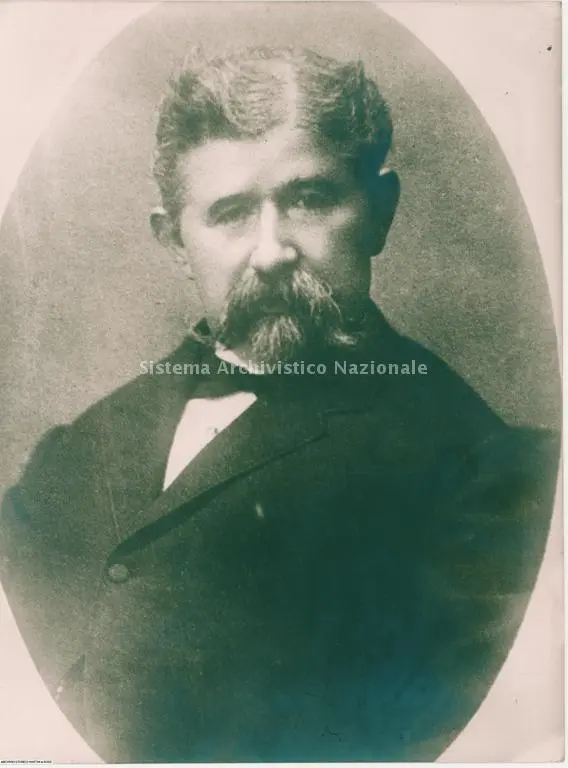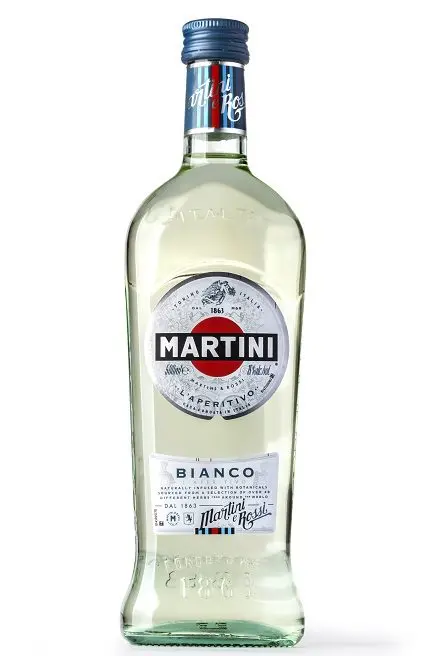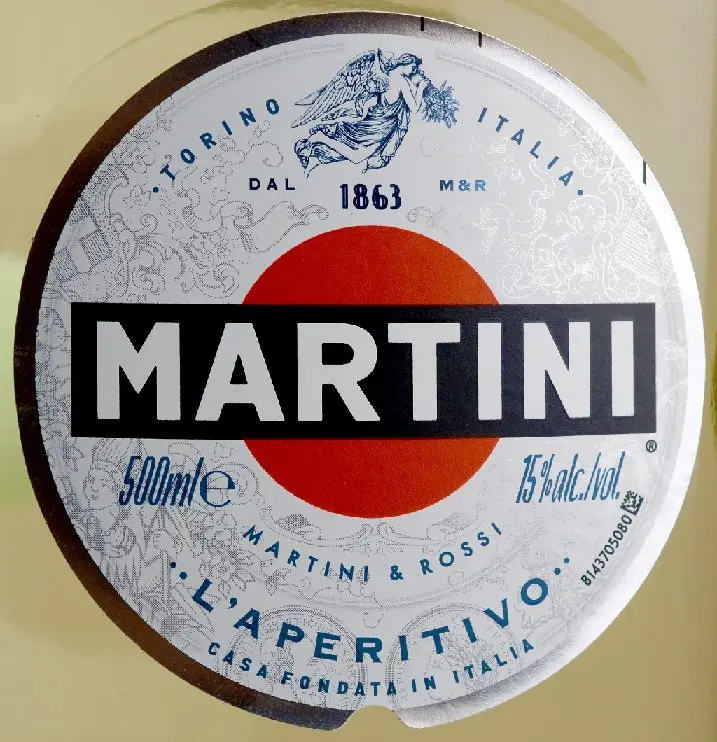Today, the term “Martini” is perceived as a household name: it seems that this is another type of alcohol, the same as cider, cognac or beer. However, in reality, Martini is just one of many brands of vermouth – flavored wine with herbs. The extraordinary popularity of the brand is entirely the merit of Alessandro Martini, the “godfather” of the drink.
Interestingly, Senor Alessandro is not at all the inventor of Martini, as one might think, but a promoter, an advertising agent. The fact that the brand bears his last name speaks in itself of the grandiose contribution of this person to the development of the company.
Home
Judging by the surviving historical records, fragrant herbal tinctures were known in ancient Greece. In order for one of these recipes to become the “No. 1 ladies’ alcohol” in the world, it took a happy combination of several circumstances at once.
In 1847, four enterprising Italians (Clement Michel, Carlo Re, Carlo Agnelli and Eligio Baudino) organized the Distilleria Nazionate da Spirito di Vino company in Turin, specializing in the production of flavored wines. In Europe in general and in Italy in particular, at that time the fashion for sweet and not very strong herbal tinctures had just gone, so the company was doing well.
In 1857, winemakers hired 23-year-old Florentine Alessandro Martini, and they did not fail – after 6 years the young entrepreneur became a manager, brought the company to the market leader in its segment, and at the same time gave the company a new name: Martini, Sola&Cia. No violent takeovers or foul play: the elderly founders slowly began to die or retire, the management itself passed into the hands of a young entrepreneur and his reliable accountant Teofilio Sola.

By this time, a young winemaker and connoisseur of medicinal herbs, Luigi Rossi, had already joined the board – it was he who, constantly experimenting with additives and proportions, invented the classic Martini Rosso recipe, thanks to which the company bypassed its competitors head and shoulders for more than a hundred years. firmly held the first place in the market.
Luigi Rossi was, as they would say now, a self-made man, that is, he achieved everything in life himself. The father of a young Italian lost his wealth and health in the Napoleonic wars, little Luigi understood from childhood that he could only rely on himself. After moving to Turin, Rossi took up herbology (“herbalism”). It soon became apparent that the young man had more than just an inclination or talent, he was a real genius. Martini and Sola went to great lengths to get Rossi on their team. Finally, in 1863, they succeeded – this is how the official history of “Martini” began.

This is not to say that there were no other vermouths on the market – just other brands of drinks were too harsh or bitter to taste. Rossi created a soft and pleasant vermouth, devoid of the shortcomings of competitors, and Martini managed to correctly advertise and sell it – this is the secret of the brand.
They say it takes three people to be successful in business: a romantic, a businessman, and an adventurer. Rossi was undoubtedly a dreamer, Teofilio Sola became an accountant, and an adventurer was the brilliant salesman Alessandro, who managed to establish international supplies of a still little-known drink and “untwisted” it around the world.
Development
In 1864, three partners built a new vermouth factory in the village of Pessione, near Turin. The place was not chosen by chance: it was in close proximity to a large city, the Alps rich in necessary herbs and the railway. The latter circumstance was especially important, since many of the components included in the recipe were supplied from abroad: thyme, aloe, coriander, cinchona, cassia, cinnamon, cardamom – all these spices did not grow in Italy.
Already in 1865, Martini Rosso vermouth won the first gold medal in Dublin, and 13 years later the brand took the Grand Prix in Paris, not to mention many less significant victories.

In 1879, Sola died, his family sold their share in the business to the remaining two partners, and the company received a new name – Martini & Rossi. By the end of the XNUMXth century, the red vermouth “Martini” already had several dozen of the most prestigious awards in the world of alcohol and was strongly associated with gloss, luxury and a bohemian lifestyle. Some of the drink’s gold medals still adorn the label, along with several coats of arms from European royal courts.
Luigi Rossi died in 1892, but left four heirs: Teofilio, Ernesto, Cesare and Enrico, who did not abandon their father’s business: the brand continued to “take over the world”, Martini & Rossi branches opened in Buenos Aires, Geneva, Barcelona, Montechiaro d’Asti . By 1903, Martini vermouth was already exported to more than 70 countries of the world, and in 1905 Senor Alessandro himself died.
In 1911, an international exhibition was held in Turin, organized by Teofilio Rossi in order to establish the brand’s position in the market and attract new “admirers” to it. The idea was a success – “Martini” became the star of the event, in just six months of work, the exhibition was visited by more than 7.5 million people, who subsequently spread the news about the amazing taste of the new vermouth around the world.
In 1922, the brand name was shortened to Martini, only in the USA they continued to use the previous version with two surnames, since the word “Martini” is simply associated in America with a cocktail, and only then with a brand of vermouth. The company has many victories on its account: a wonderful drink managed to conquer even the Japanese Emperor Yoshihito, Pope Pius XI, King Vittorio Emanuel III.
The Second World War brought huge losses, but Martini recovered surprisingly quickly from losses and continued his triumphant ascent in the new, post-war world. For more than a hundred years, no one could even shake the pedestal under this colossus. In 1992, the company became part of the international concern Bacardi and continued to operate under the name Bacardi-Martini Ltd.

Years of appearance of martini species
After the first and “classic” Martini Rosso (1865), the company’s range expanded. Here are just a few of the main types:
- 1900 – Extra Dry – Martini with reduced sugar content, ideal base for cocktails.
- 1910 – Bianco. Due to notes of vanilla and other additives, it is slightly softer and softer than the original Rosso.
- 1980 – Rosato vermouth, based on a blend of red and white wine.
- 1998 – D’Oro. Gold in the brand name does not hint at the elitism of the drink at all, but at sunshine and summer warmth – the brand is designed specifically for Northern European countries that lack sunny days. There are citrus notes on the palate.
- 1998 – Fiero, released for Benelux citizens.
- 2009 – Rose, a vermouth based on indigenous Italian grape varieties from the provinces of Veneto and Piedmont.
- 2013 – Spirito, a “male” variation of the drink with a strength of 33 degrees.
In addition, sparkling wines Asti, Prosecco are produced under the Martini brand.

Interesting Facts
1. The popularity of the new vermouth is evidenced by the fact that cocktail glasses are now called exclusively “Martini glasses”.
2. In 1977, the Porsche Corporation released a limited series of Martini Edition cars: these were snow-white cars with rich finishes and luxurious equipment. Over time, cooperation between the two companies became regular and continues to this day.

3. The composition of Martini includes 35 herbs, many of which are healing, so this drink not only makes you dizzy and creates a festive atmosphere, but also increases vitality, relieves stomach pain, and improves digestion.
4. Royal coats of arms appeared on the label not by chance – the Italian monarch Umberto I gave the highest permission to use his family symbol, thus confirming the popularity of the new vermouth among the “cream” of society.
5. The most expensive Martini cocktail is called “Martini on the Rock” and costs 10 thousand dollars: the high price is due to the fact that the drink contains a real diamond.

6. The logo was designed in 1929 and has hardly changed since then. One version says that the red circle means a cocktail glass (top view), and the black rectangle means a Martini bottle tilted above it.

7. Carlo Agnelli, one of the founders of the very first predecessor company Martini & Rossi – grandfather of Giovanni Agnelli, founder of the Fiat Corporation.









